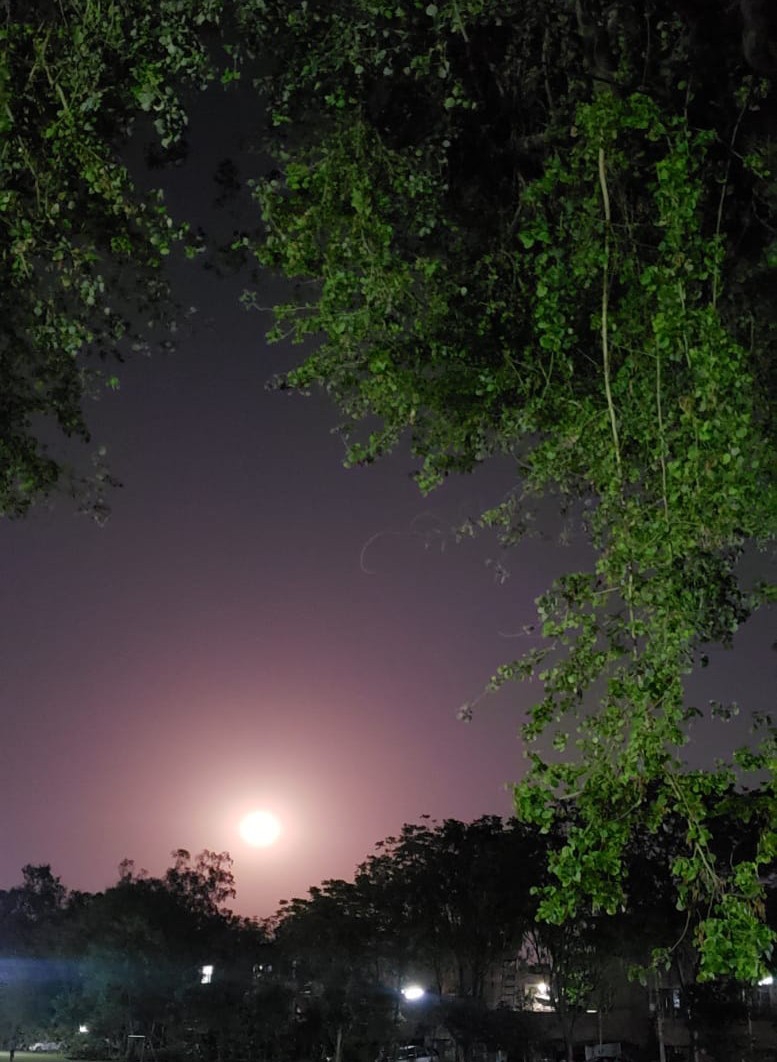Self Composed Poem on the Epistemology of Loss
The Ball Poem is a extraordinary poem written by John Berryman. The poem gracefully explains the five lessons of the epistemology of loss through a small boy who has lost his toy ball. Feeling inspired by the poem of this amazing poet, I also tried to composed a poem on the five lessons of the knowledge of loss. To those who have experienced loss Are labelled as a lost cause Those who try to lend a hand Are stopped due to society's demands If you do try to help Then there's no use of the advice you're about to tell For they'll push you away Without listening to the words of support you wanted to say Then, they realise about responsibility The first lesson in loss's epistemology Soon, they learn that things come and go For that is how our world stays afloat On knowing that this world is full of materials They realise that money is just external It can buy the same new and shiny things But it can't buy the same feelings Then, their time of learning is interrupted ...




